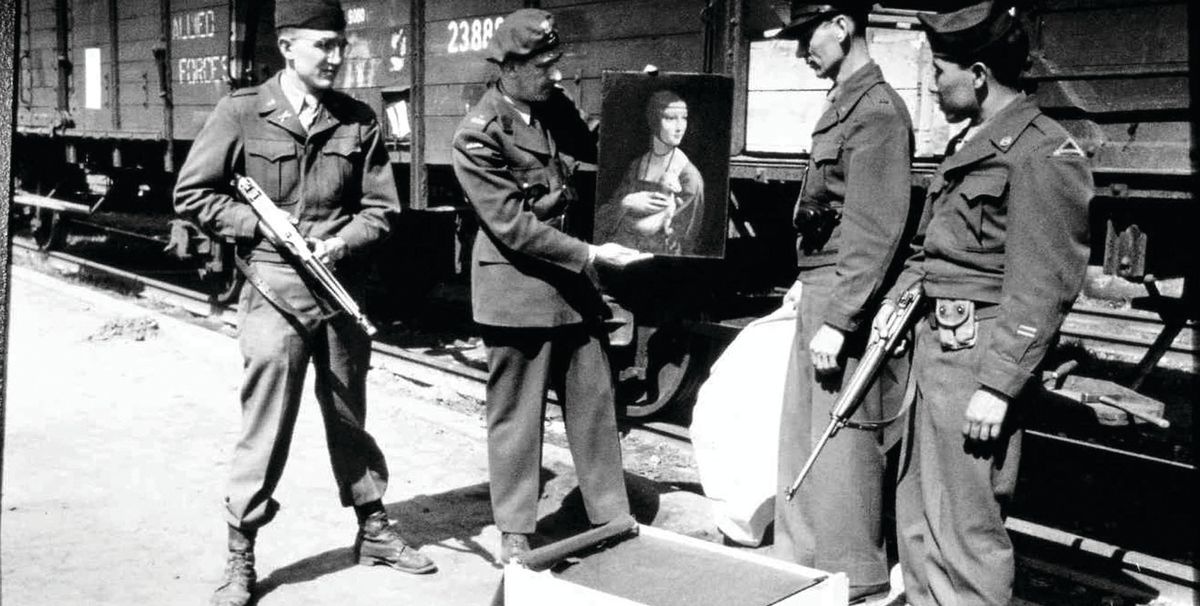The Lady with an Ermine (around 1489-90) by Leonardo da Vinci has a chequered history. The work depicts Cecilia Gallerani, the young mistress of Duke Ludovico Sforza of Milan, one of Leonardo’s greatest patrons. Little is known about the painting’s whereabouts until it appeared on the market in Rome in 1798 where it was bought by Prince Adam Jerzy, the son of Izabela Czartoryska, the Czartoryski Museum’s founder.
Following the November Uprising of 1830-31 when Russian troops attacked Warsaw, Princess Izabela sent the painting to Paris, where it was displayed in the family’s Hotel Lambert. It was shipped back to Poland in 1876 where it hung in the new Czartoryski Museum in Krakow. With the Nazis approaching Poland in 1939, much of the Czartoryski Collection, including the Leonardo and the Raphael, was sent to the family’s country estates across Poland. They were discovered by the Gestapo who earmarked 85 works (including the Leonardo) for Hitler’s museum in Linz. Hans Frank, the Nazi governor-general of Krakow, took a particular shine to The Lady with the Ermine, ordering it to hang in his office at the Wawel Royal Castle.
When Soviet troops entered the city, Frank took the work to his villa in Silesia. After Frank’s arrest, the allies returned it to Krakow, which was by then under Communist control. In the hands first of the Nazis and then of the Communists, the painting had been out of the family’s possession for more than 50 years. It was returned to the family in 1991.


